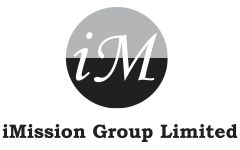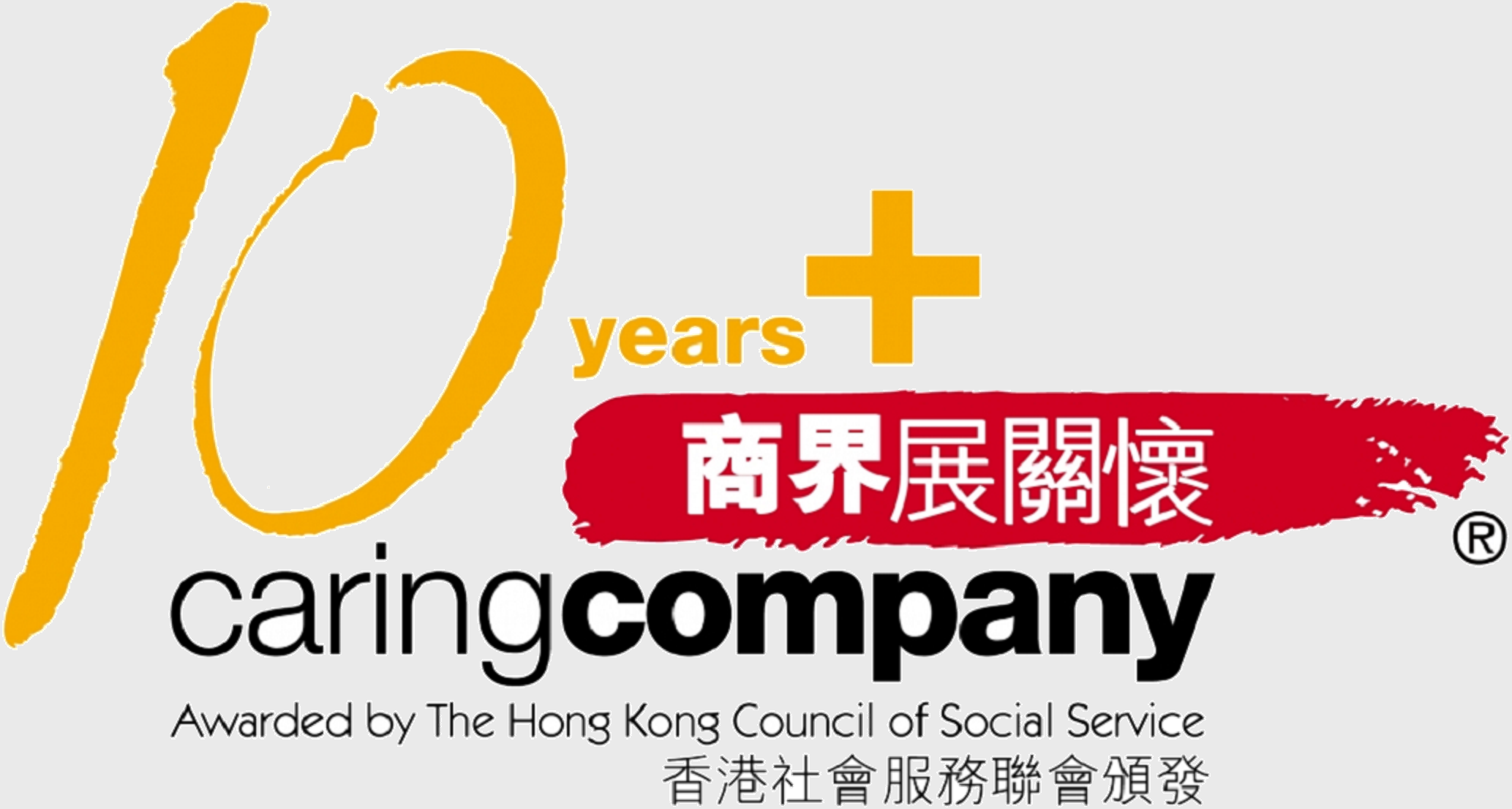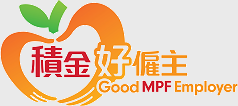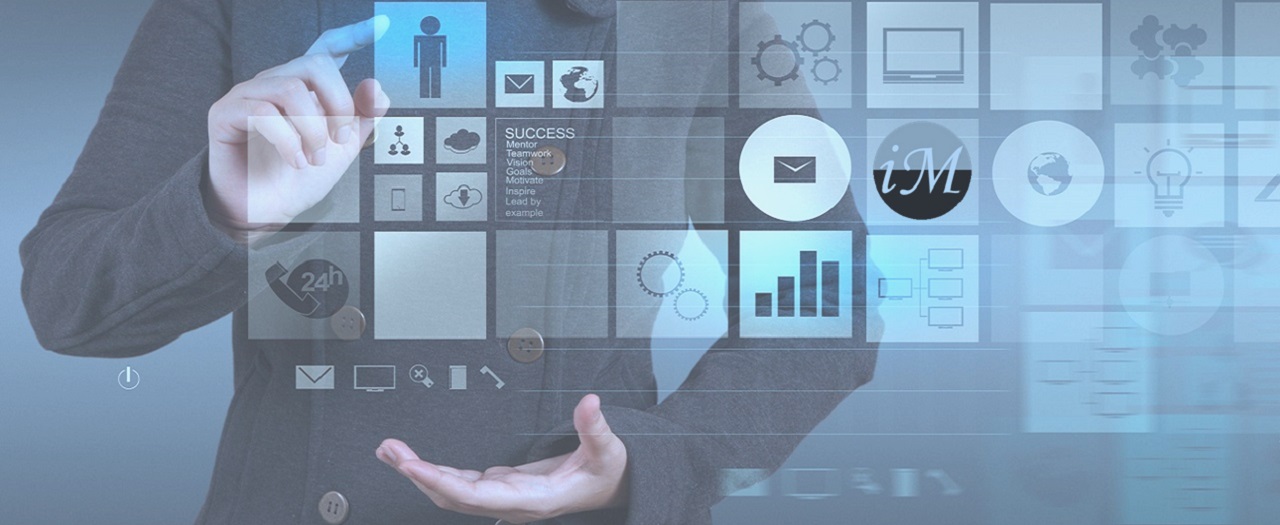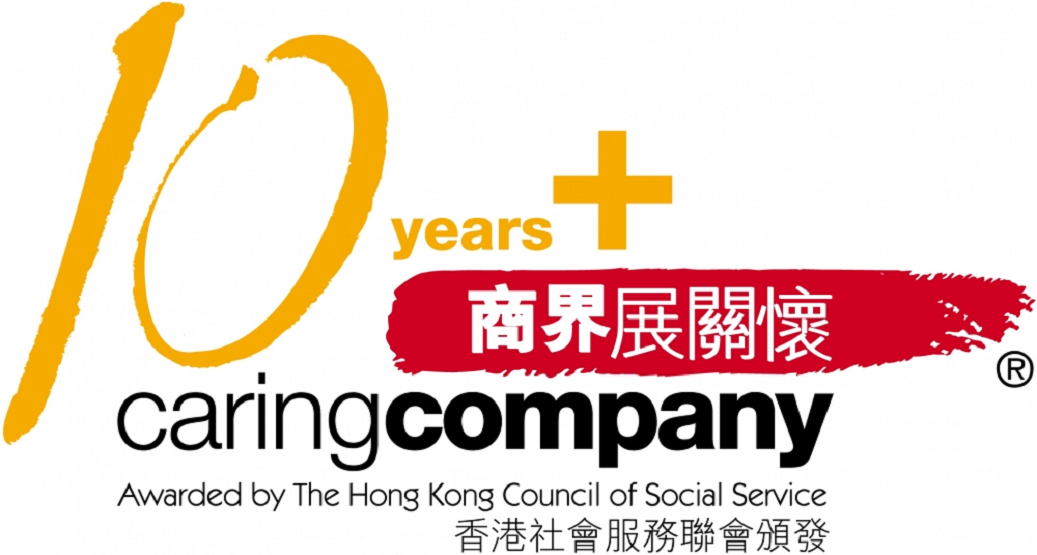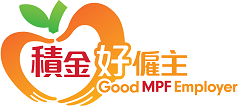Web Programming: (All functions support PHP, ASP, JSP, CFM, Microsoft Access, MySQL, MS SQL Database)
-
Shopping Cart System:
The launch of the Apps Development means that there is a brand new marketing channel. And it is linked to the hottest new gadget that's a must-have for tech savvy people. The iPhone crowd and iPod Touch community are getting bigger every day, so don't miss out if you have something to promote!
- Shopping Cart functions
- Products & Categories Management
- Product Inventory/Stock Management
- Shipping Management
- Multi-Currency Exchange Rate Management
- Sales Order / Invoice Generation
- Order Management (Modification/Cancellation etc)
- Payment Gateway Management
- Sales Statistics & Report
- Report Export
e-Commerce System:
Electronic commerce, commonly known as e-commerce or eCommerce or e-business consists of the buying and selling of products or services over electronic systems such as the Internet and other computer networks. The amount of trade conducted electronically has grown extraordinarily with widespread Internet usage. The use of commerce is conducted in this way, spurring and drawing on innovations in electronic funds transfer, supply chain management, Internet marketing, online transaction processing, electronic data interchange (EDI), inventory management systems, and automated data collection systems. Modern electronic commerce typically uses the World Wide Web at least at some point in the transaction's lifecycle, although it can encompass a wider range of technologies such as e-mail as well.
A large percentage of electronic commerce is conducted entirely electronically for virtual items such as access to premium content on a website, but most electronic commerce involves the transportation of physical items in some way. Online retailers are sometimes known as e-tailors and online retail is sometimes known as e-tail. Almost all big retailers have electronic commerce presence on the World Wide Web.
Electronic commerce that is conducted between businesses is referred to as business-to-business or B2B. B2B can be open to all interested parties (e.g. commodity exchange) or limited to specific, pre-qualified participants (private electronic market). Electronic commerce that is conducted between businesses and consumers, on the other hand, is referred to as business-to-consumer or B2C. This is the type of electronic commerce conducted by companies such as Amazon.com. Online shopping is a form of electronic commerce where the buyer is directly online to the seller's computer usually via the internet. There is no intermediary service. The sale and purchase transaction is completed electronically and interactively in real-time such as Amazon.com for new books. If an intermediary is present, then the sale and purchase transaction is called electronic commerce such as eBay.com.
Online Catalog System:
Online Catalog System is an online catalog solution that features a rich set of product and category management functionalities allowing shop owners to setup, run and maintain online catalog with minimum effort and experience.
This is a perfect solution to test your business as many upgrade options are available to seamlessly convert your online catalog to an actual online shop, minimizing the cost of rebuilding the whole website when you want to grow your business.
- Multiple Products Categories Management
- Complex Category Hierarchy Management
- Product Description Management
- Product Export (Excel CSV Format)
- Product Search
- Products Updating
- Products Statistics
- Content Management System
Content Management System:
Content Management System (CMS) is a collection of procedures used to manage work flow in a collaborative environment. These procedures can be manual or computer-based. The procedures are designed to:
- Allow for a large number of people to contribute to and share stored data
- Control access to data, based on user roles. User roles define what information each user can view or edit
- Aid in easy storage and retrieval of data
- Reduce repetitive duplicate input
- Improve the ease of report writing
- Improve communication between users
Membership System:
Membership System helps you maintain your members' record with powerful functions, such as:
- Member discounts/ promotions setting
- Members' withdrawal record
- Black listing
- Membership expiry
- Members' expenditure record
- Members' photo and signature storage
- Membership upgrading
- Member Registration
- Member profile management
- Member email verification for membership activation
- Membership price discount (depends on different member levels)
- Admin Panel to manage membership, such as statistics, member order, search
- Membership Record Export (Excel format)
- Membership User and system management
- Bonus points function to set various promotion plans for your members
CRM System:
Customer relationship management is a broadly recognized, widely-implemented strategy for managing and nurturing a company's interactions with clients and sales prospects. It involves using technology to organize, automate, and synchronize business processes—principally sales activities, but also those for marketing, customer service, and technical support. The overall goals are to find, attract, and win new clients, nurture and retain those the company already has, entice former clients back into the fold, and reduce the costs of marketing and client service. [1] Once simply a label for a category of software tools, today, it generally denotes a company-wide business strategy embracing all client-facing departments and even beyond. When an implementation is effective, people, processes, and technology work in synergy to increase profitability, and reduce operational costs.
ERP System:
Enterprise Resource Planning (ERP) is an integrated computer-based system used to manage internal and external resources including tangible assets, financial resources, materials, and human resources. It is a software architecture whose purpose is to facilitate the flow of information between all business functions inside the boundaries of the organization and manage the connections to outside stakeholders. Built on a centralized database and normally utilizing a common computing platform, ERP systems consolidate all business operations into a uniform and enterprise wide system environment.
An ERP system can either reside on a centralized server or be distributed across modular hardware and software units that provide "services" and communicate on a local area network. The distributed design allows a business to assemble modules from different vendors without the need for the placement of multiple copies of complex, expensive computer systems in areas which will not use their full capacity.
Payment Management:
A payment gateway is an e-commerce application service provider service that authorizes payments for e-businesses, online retailers, bricks and clicks, or traditional brick and mortar. It is the equivalent of a physical point of sale terminal located in most retail outlets. Payment gateway protects credit cards details encrypting sensitive information, such as credit card numbers, to ensure that information pass securely between the customer and the merchant and also between merchant and payment processor.
- PayDollar
- PayPal
- Alipay
- VISA/MASTER
- AsiaPay
